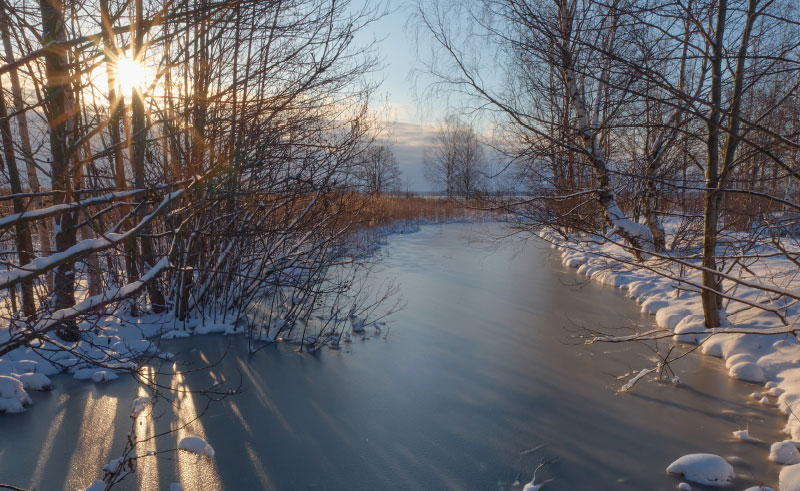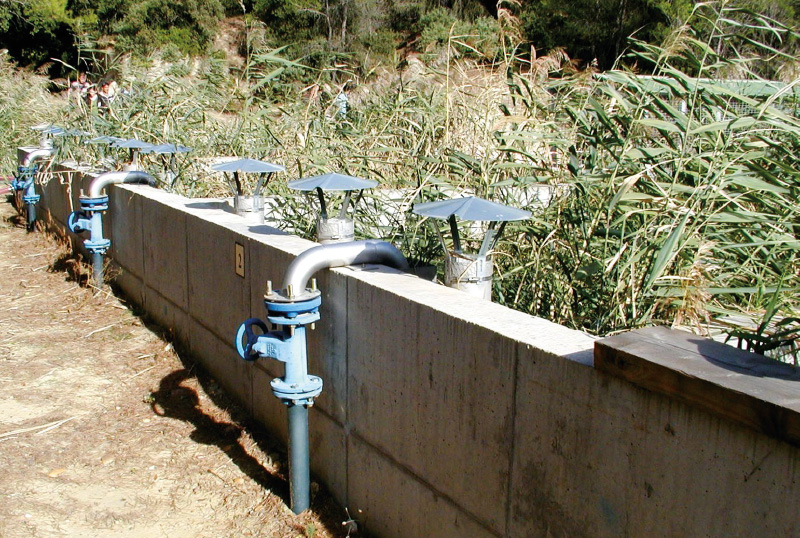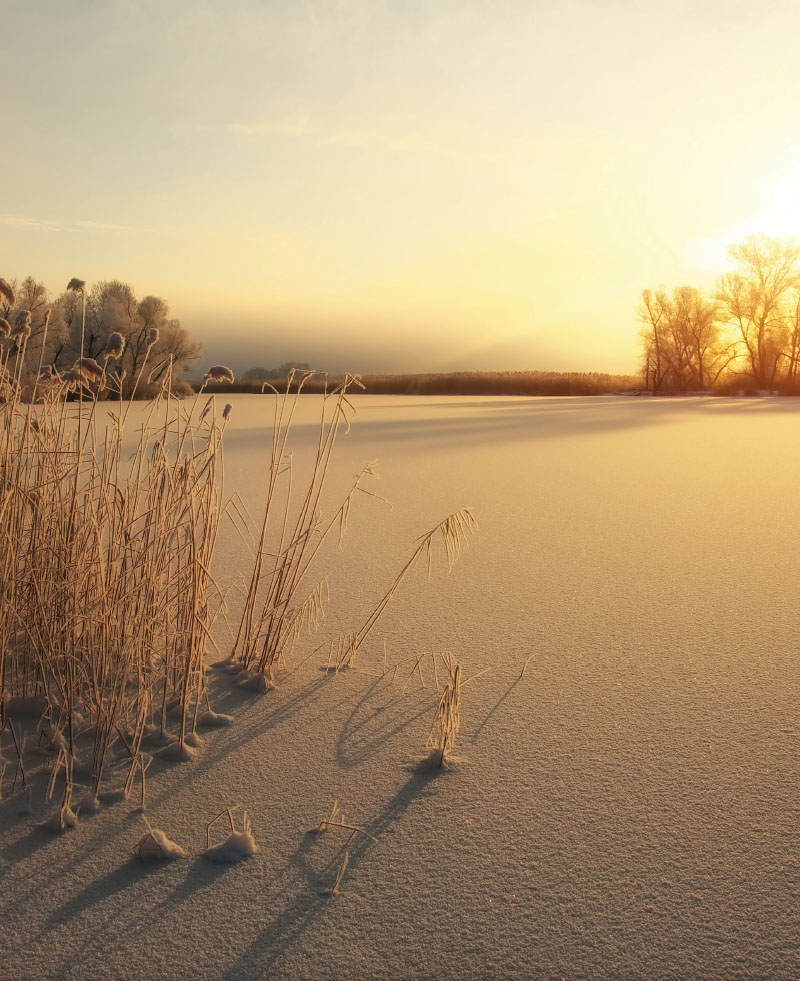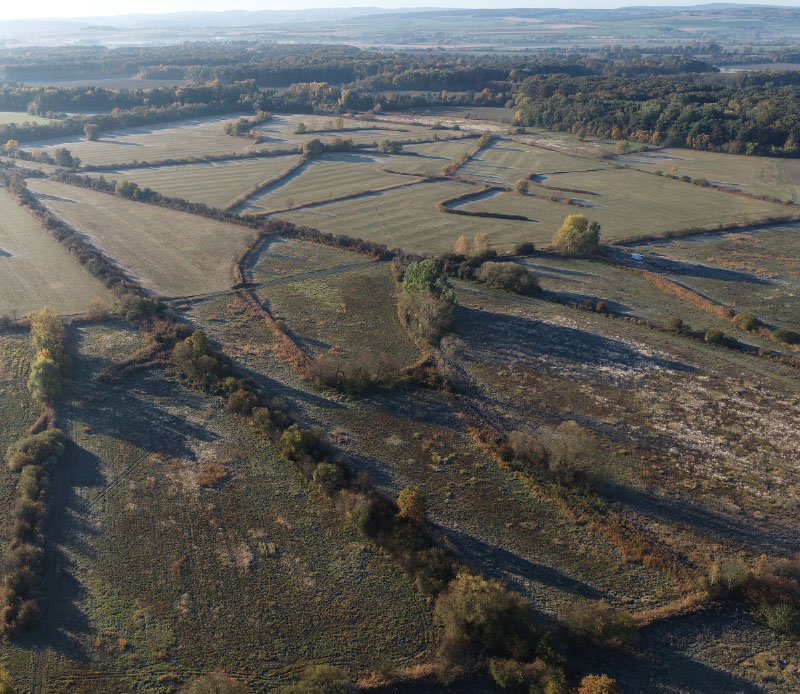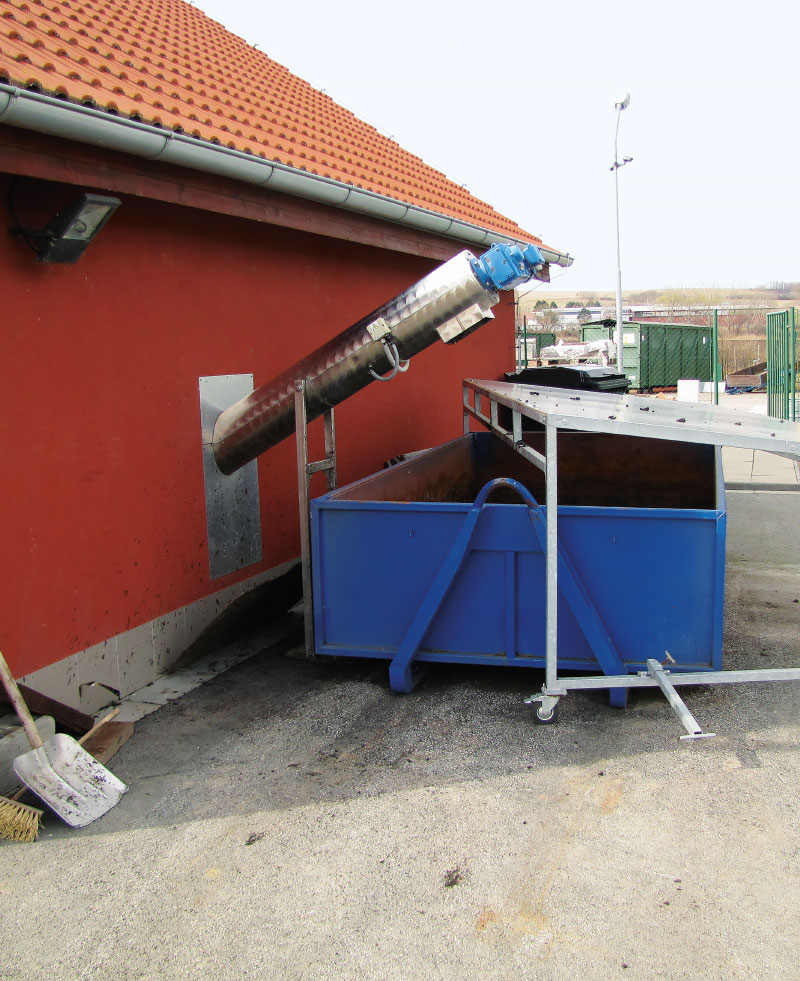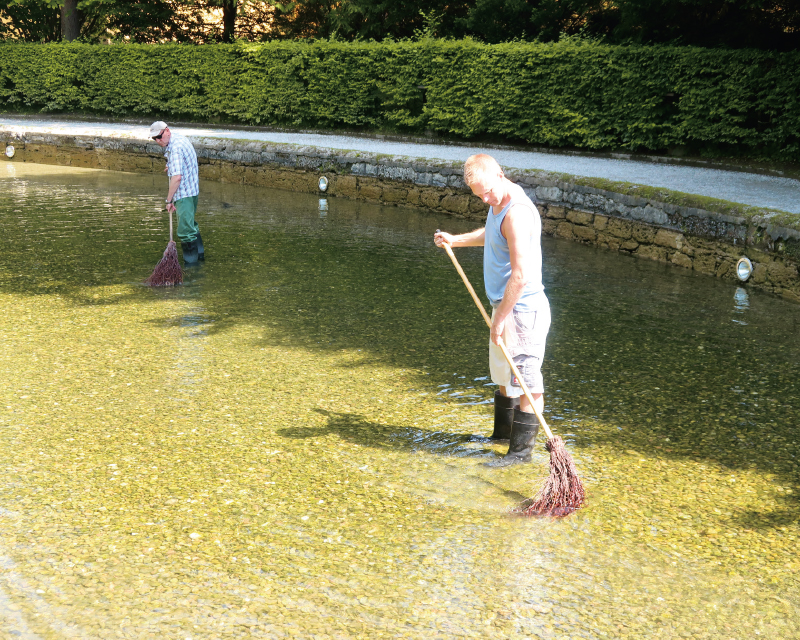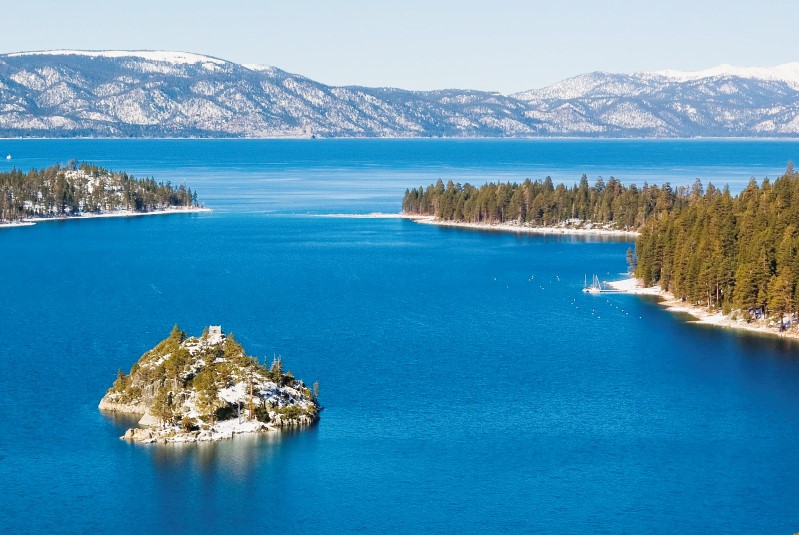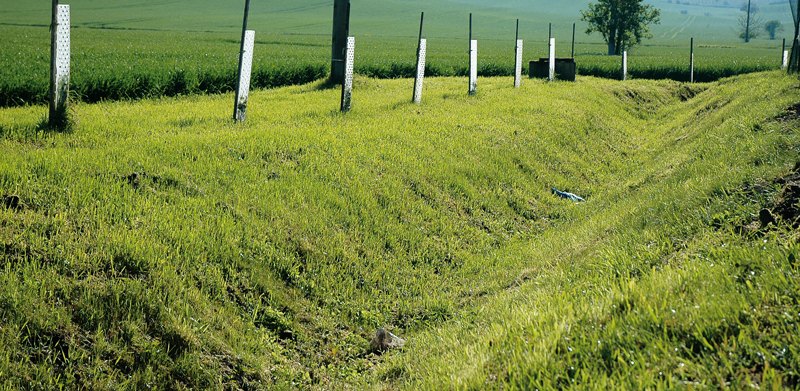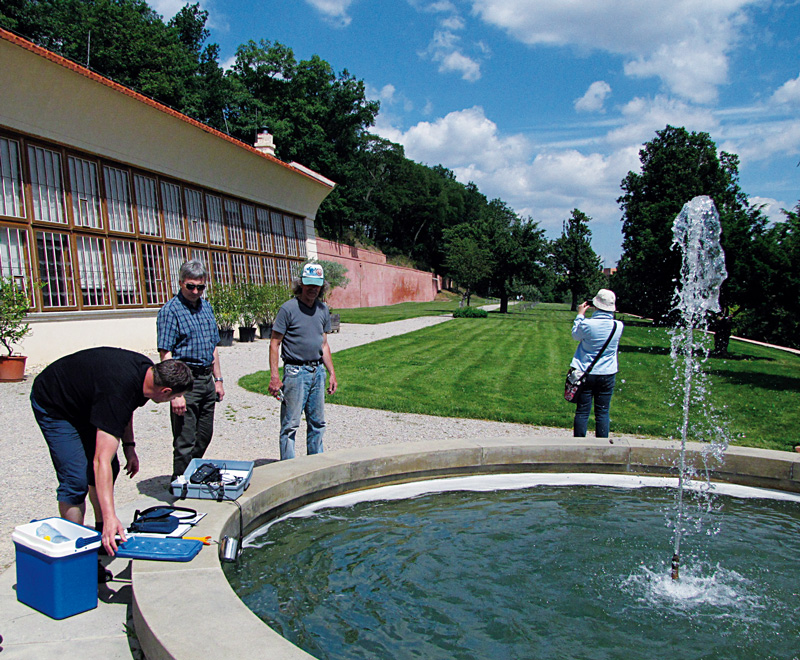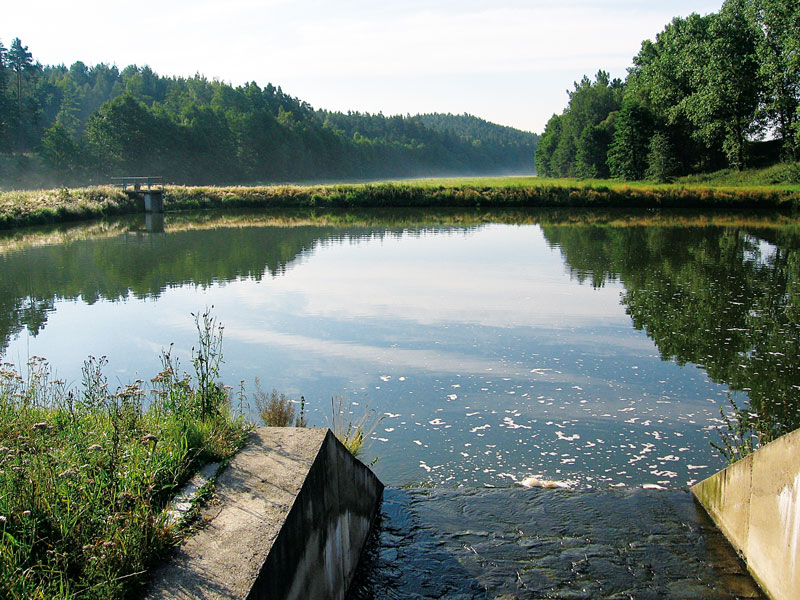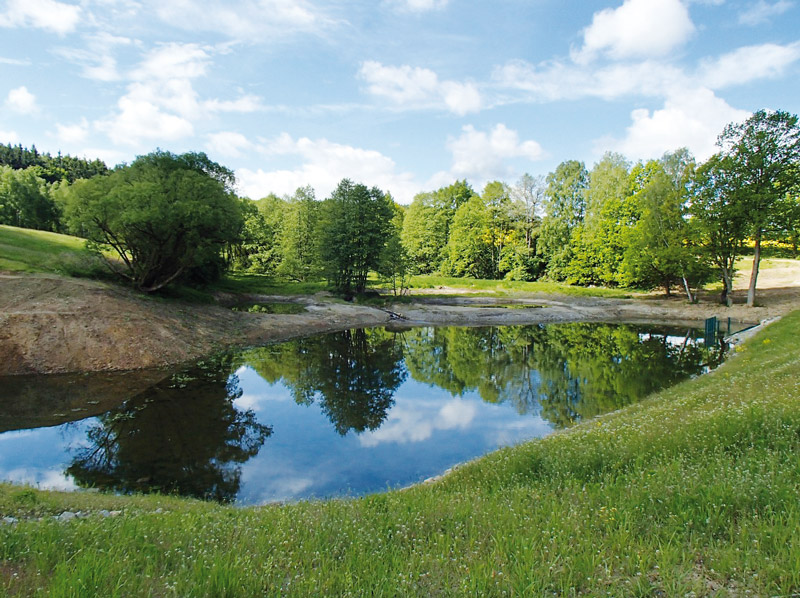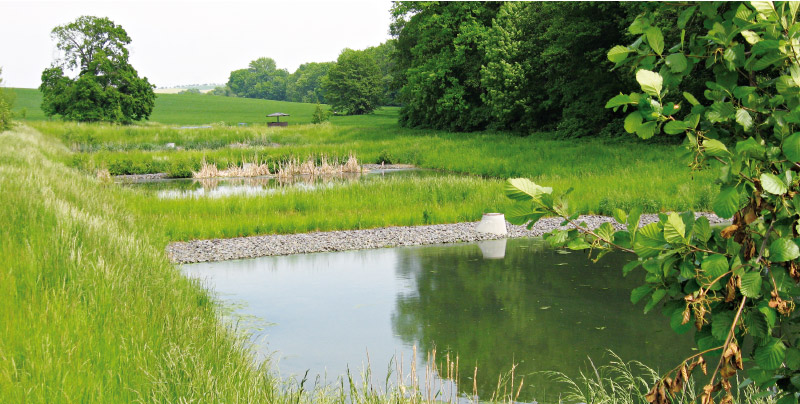Benefits and risks of using sludge from small WWTPs after processing by composting for the production of selected types of vegetables
The aim of the study, the results of which are presented in this article, was to assess the possibility of simplifying treatment and stabilisation procedures of sewage sludge from small municipal sources of pollution (domestic and small WWTPs up to about 1,000 EP) at the place of their origin and their subsequent use through extensive composting. The results demonstrated the benefit of the application of composts from a material base containing sludge from small WWTPs in increasing the production of the monitored types of vegetables. However, especially with lettuce, there was a higher transmission of selected risk elements. We therefore do not recommend the use of composts with sludge for growing leafy green vegetables. In contrast, this risk did not arise with fruit and vegetables. For practical use, it is still necessary to assess the rate of transfer of other pollutants, such as drug residues and microplastics.
Current research at TGM WRI on municipal biodegradable waste and food waste
Since 2021, research on selected issues related to the collection, sorting, processing, and reuse of selected types of biodegradable waste has been carried out at TGM WRI within the „Centre of Environmental Research: Waste management, circular economy and environmental security“ (CEVOOH), which was supported as part of the call of the Technology Agency of the Czech Republic „Environment for life“, Subprogramme 3 „Long-term environmental and climate perspectives“, for the period 2021–2026. The research follows on from a number of partial research projects and tasks, an overview of which can be found, for example, on the HEIS WRI website [1] under the Projects tab.
Dewatering sewage sludge using sludge drying beds with wetland vegetation, the so-called Sludge Treatment Reed Bed units
At present, the problem of waste disposal is growing worldwide; its secondary use is therefore more than desirable. A pressing problem for many small municipalities that need to build or reconstruct a wastewater treatment plant (WWTP) is solving the issue of processing the resulting sludge and its stabilization, sanitation, and further application. It is not unusual for small municipal WWTPs to lack a complete in-situ sludge management (including dewatering etc.). Sewage sludge is thus often pumped out at high cost and transported to a large WWTP. The main goal for the real application of sewage sludge is to prevent future damage to soils, plants, and the health of animals and people. For this reason, taking into account the substances currently present in the sludge (e.g., organic micropollutants), it is advisable to sufficiently pre-treat the sludge, not just sanitize it to eliminate above-limit microbial pollution.
Irrigation – rediscovered heritage, its documentation, popularisation and protection based on the example of historical meadow irrigation systems
Objekty závlah byly budovány a fungují převážně jako součást většího nebo menšího funkčního celku. Jejich význam i z pohledu potenciální pa-mátkové ochrany tak roste s identifikací a dokumentací nejen solitérních staveb, ale zejména celých soustav/funkčních celků a popisem vazeb mezi nimi. Samostatný objekt či stavba nemusejí být nijak výjimečné, avšak jejich zapojení do většího funkčního celku může vytvářet unikátně pojaté řešení. V oboru vodního hospodářství se obzvlášť projevuje důležitost a význam kritérií, jako je hodnota typologická, hodnota technologického toku, autenticita formy a funkce, hodnota technologických a systémových vazeb s přesahem do zemědělství či průmyslu. Článek přináší informace o možnostech využití tradičních metod historického a archivního výzkumu a dokumentace lokalit, jakož i o využití moderních nástrojů pro plošně rozsáhlejší systémy, včetně metod digitalizace a digitálního zpracování podkladů.
Fish stocks of water elements in heritage protected complexes
The aim of this article is to present the results and conclusions of research which focused on recommending an appropriate approach for the creation and maintenance of fish stocks in various types of water elements, from small ornamental pools to formal water elements and large close-to-nature fish ponds. These elements form part of cultural monument complexes and heritage protected settlements (especially historic gardens and chateau parks, religious complexes, village and urban heritage reserves). Detailed results are described of a twoyear investigation of various types of water elements located in Kroměříž gardens, Červené Poříčí Chateau, and the former monastery in Osek, near Teplice, as examples of cultural monuments and their water elements. Issues of possible management of fish stocks, modifications of the aquatic environment to ensure stable conditions for fish farming, and the reduction of negative interaction of pollution and excessive or inappropriately chosen fish stocks and aesthetic perception of water elements are discussed. The results of the field investigations have shown an unsatisfactory state of virtually all locations due to water eutrophication, overgrowth of vegetation in some water elements, unregulated interventions in fish stocks, and uncontrolled fishing resulting in the reduction of predatory species population and the occurrence of invasive species. At the same time, a relatively low awareness of the possibilities of regulating fish stocks and of the principles of sustainable maintenance have been found.
Annotation of the exhibition Irrigation – rediscovered heritage, its documentation and popularization
As a response to landscape drainage in the modern era, caused by the intensification of agriculture, the drying up of ponds, and land reclamation activities, interest in the opposite process has reappeared, i.e. irrigation. Existing irrigation systems, at present often non-functional and preserved only in parts, have become the subject of interest for this project which tried to capture the historical development of this specific water management field as well as part of the industry associated with the implementation of irrigation and the production of soil irrigation equipment.
Study of the effectiveness of the small municipal sourcess sewage sludge extensive stabilization for their use as a fertilizer
The article is devoted to the presentation of partial results of a study aimed at determining the potential use of extensive sludge dewatering technology for small municipal WWTPs (up to 1000 PE) in the conditions of the Czech Republic. The study has shown that the use of technology based on extensive sludge dewatering and their stabilization in sludge dewatering reed beds with suitable wetland vegetation can be an alternative to other technologies. Especially in combination with constructed wetland (CW) based WWTPs, which are characterized by lower sludge production.
Fidings from testing of selected biochemical products to the heritage sites water elements environment adjustment
The article is focus on the presentation of knowledge from testing of selected biochemical preparations for the treatment of the environment of water elements of historical gardens and parks and cultural monuments.
Environment quality of water elements of heritage protected areas
Water elements represent a significant part of the environment of cultural heritage sites, conservation zones and areas. To fulfil the required functions, which may include social, historical, recreational and educational, but also environmental functions; it is necessary to ensure their corresponding target state.
Potential of the nature-friendly measures application for water retention in the landscape and improvement of the ecological status of water bodies
An analysis and assessment of the nature-friendly measures potential for water retention in the landscape were carried out as a part of the work on the concept of protection against drought impacts in the Czech Republic.
Non-invasive and economical techniques of water elements environment quality and maintenance solution in the frame of historical monuments care – presentation of the project
The research team from the Brno office of WRI and reference laboratories in Prague started from March 2016 work on a research project DG16P02M032 “Non-invasive and economical techniques of water elements environment quality and maintenance solution in the frame of historical monuments care”.
Constructed wetlands – design parameters, operating experiences and intensification possibilities
Horizontal and vertical flow constructed wetlands belong among frequently used near-natural methods of treatment of wastewater from small municipalities in the Czech Republic. They consist of one or more filter fields connected in series or in parallel.
Assessment of the relationship between water quality and functions of small water reservoirs
Small water reservoirs are one of the principal elements of agricultural landscape in the Central European context. The monitoring of the quality of aquatic environment of selected ponds and small reservoirs (SWR) in areas of southern and central Moravia and the Vysočina Region was carried out in 2013 to 2015.
Quality of sludges and wastes from household and small wastewater treatment plants and their utilization in agriculture management
The aim of this article is to introduce partial sections of the research projects TA02020128 and TA02021032 (Technology Agency of the Czech Republic). These parts of the projects pay attention to the issue of quality of sludge and other wastes produced in wastewater treatment plants (WWTP) using activated sludge process, anaerobic processes (including septics) and extensive (natural) wastewater treatment plants (with horizontal subsurface flow reed-beds), which also include mechanical pre-treatment.

